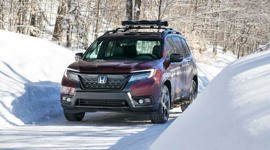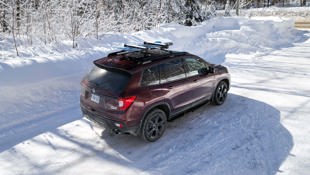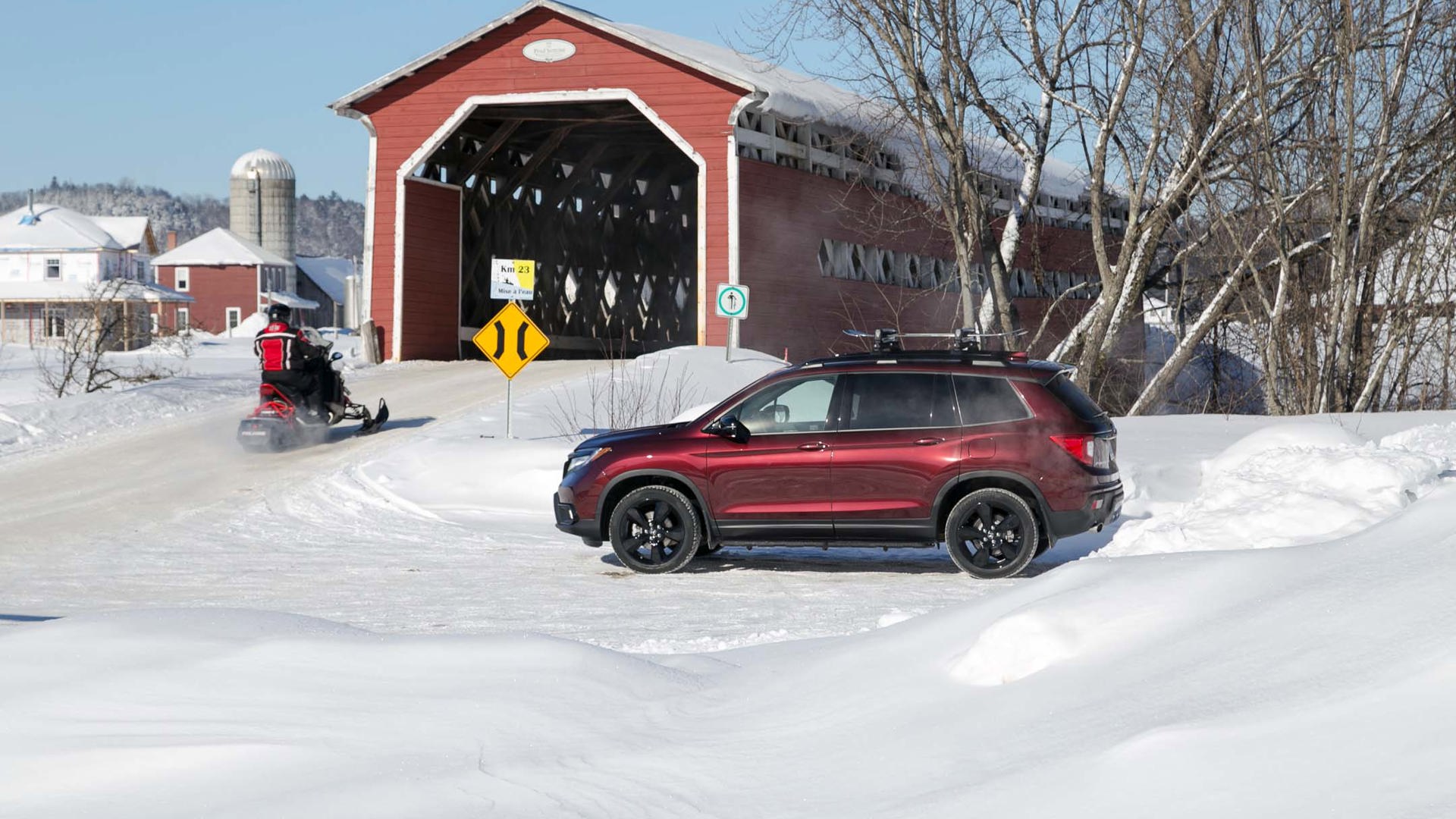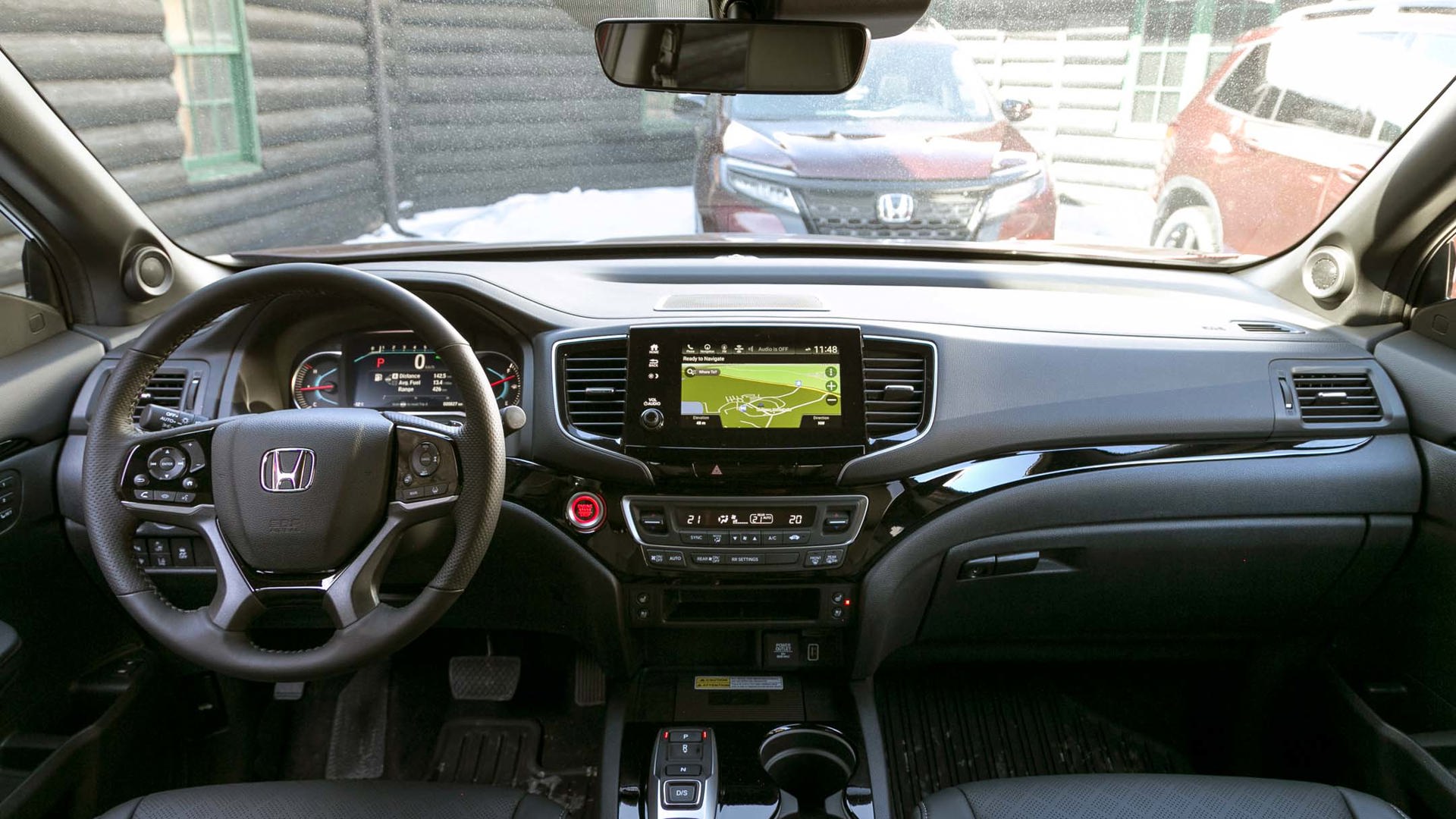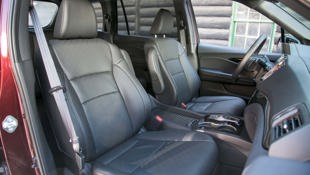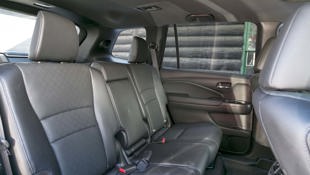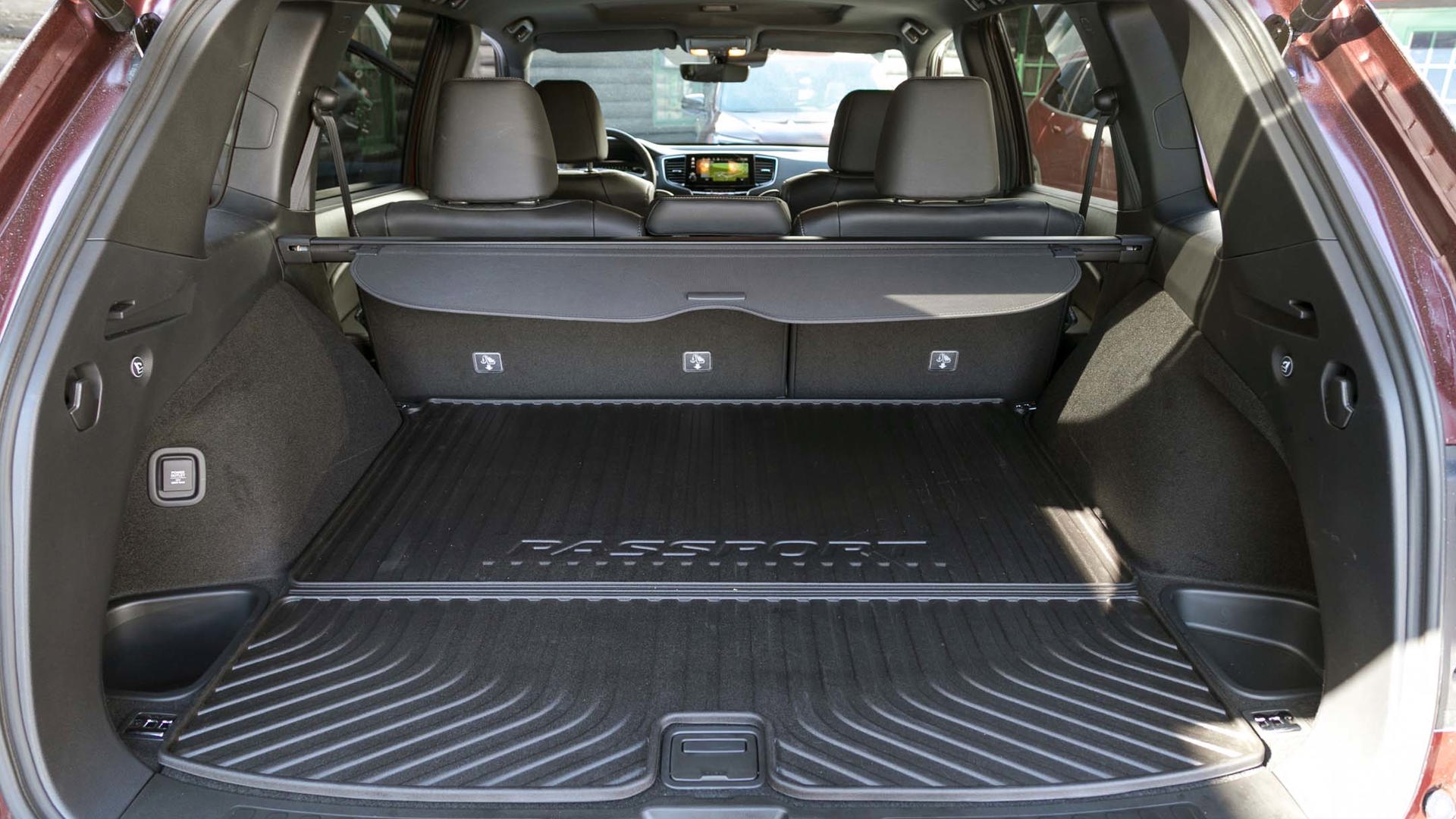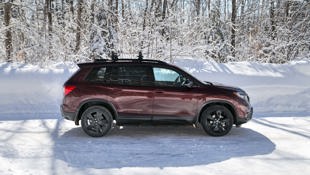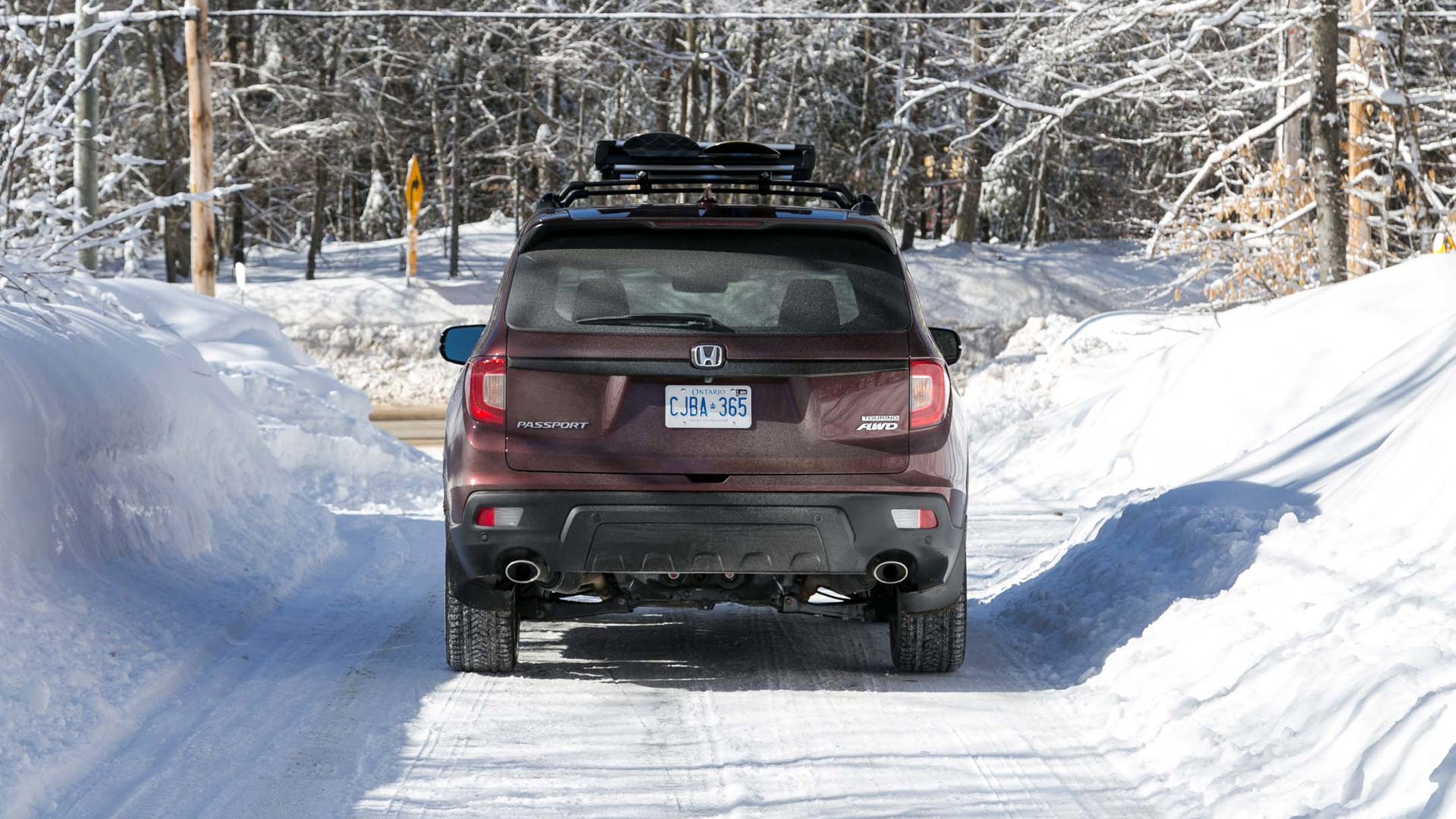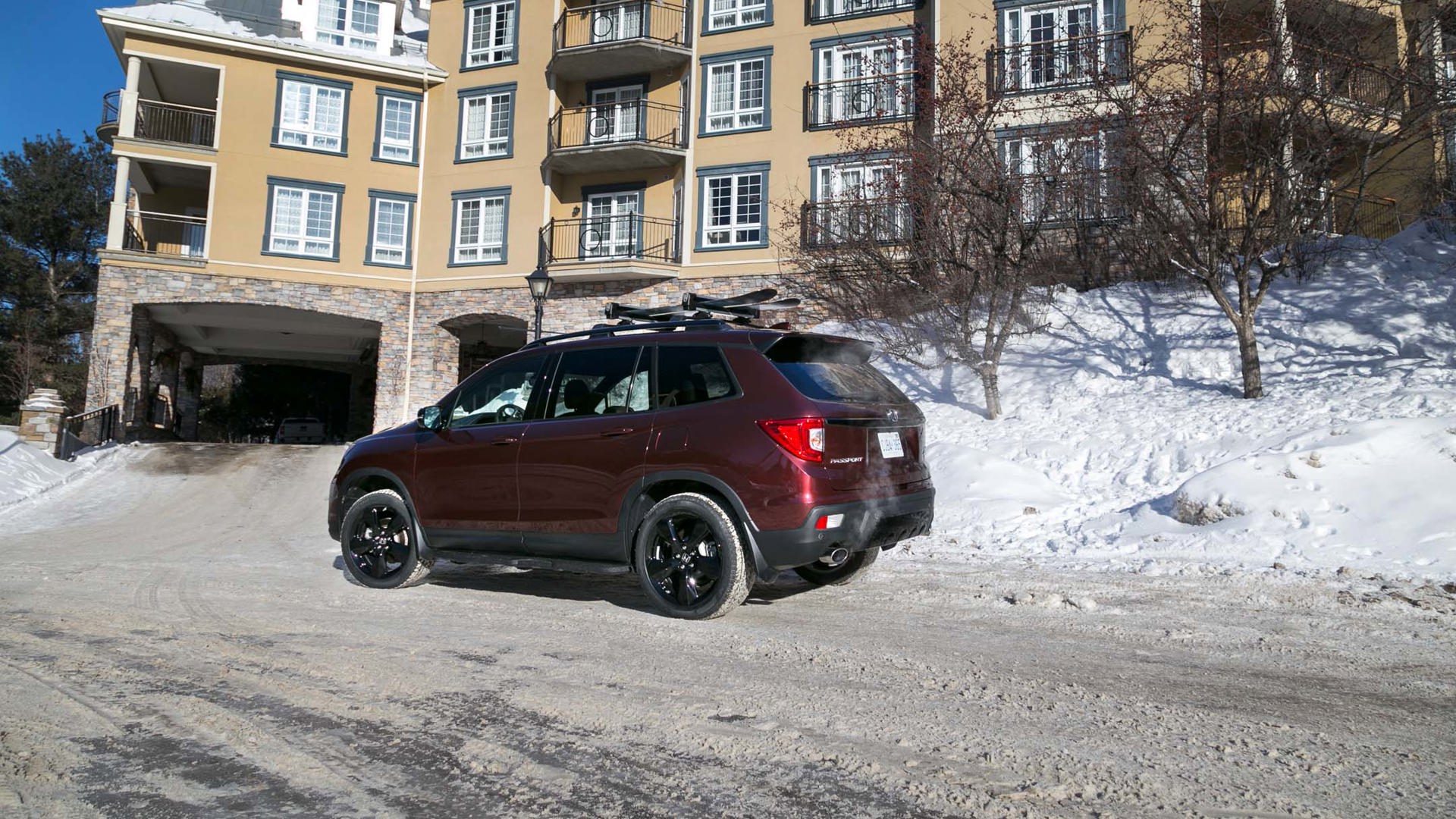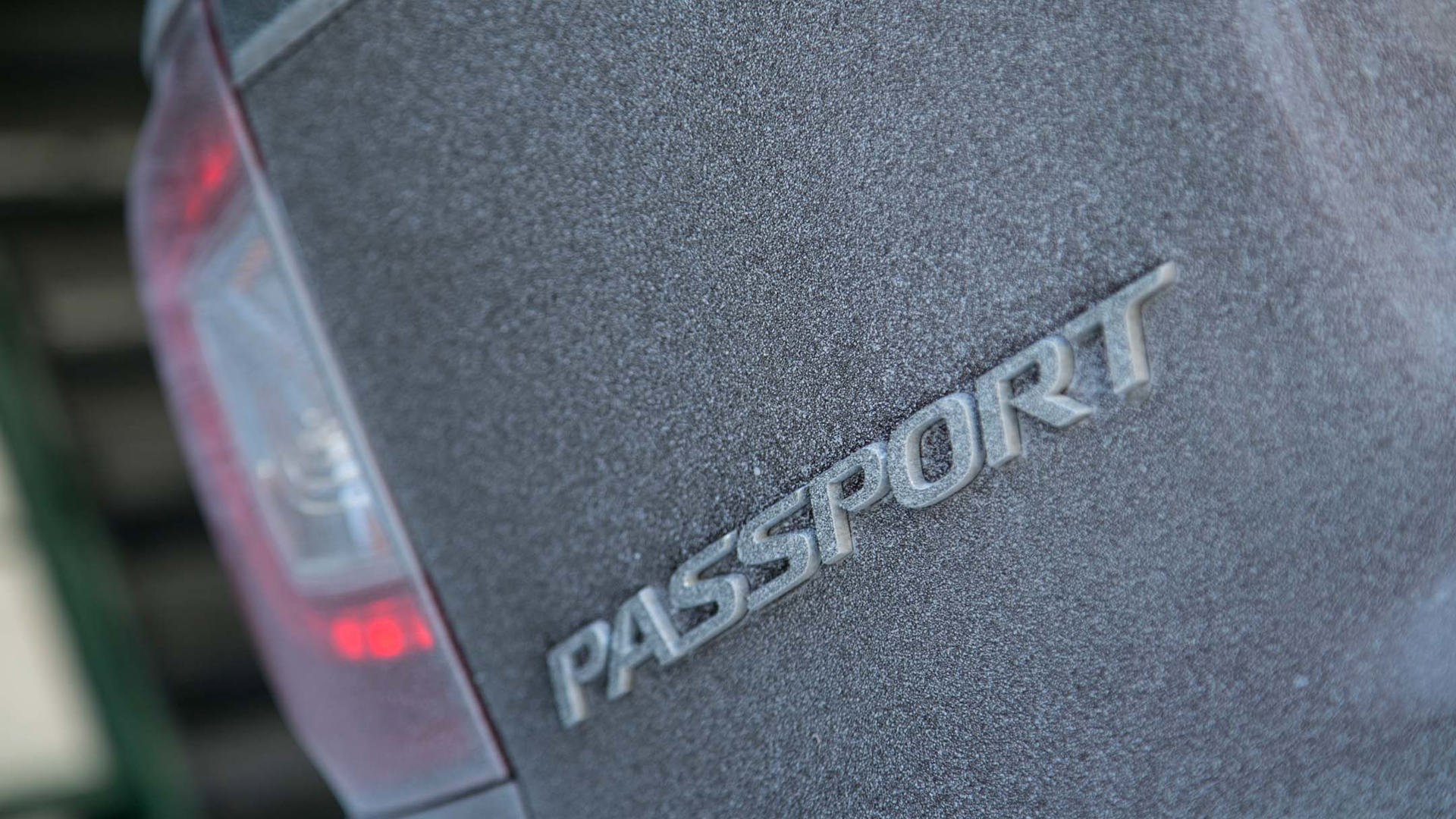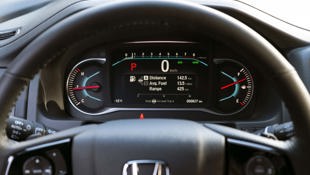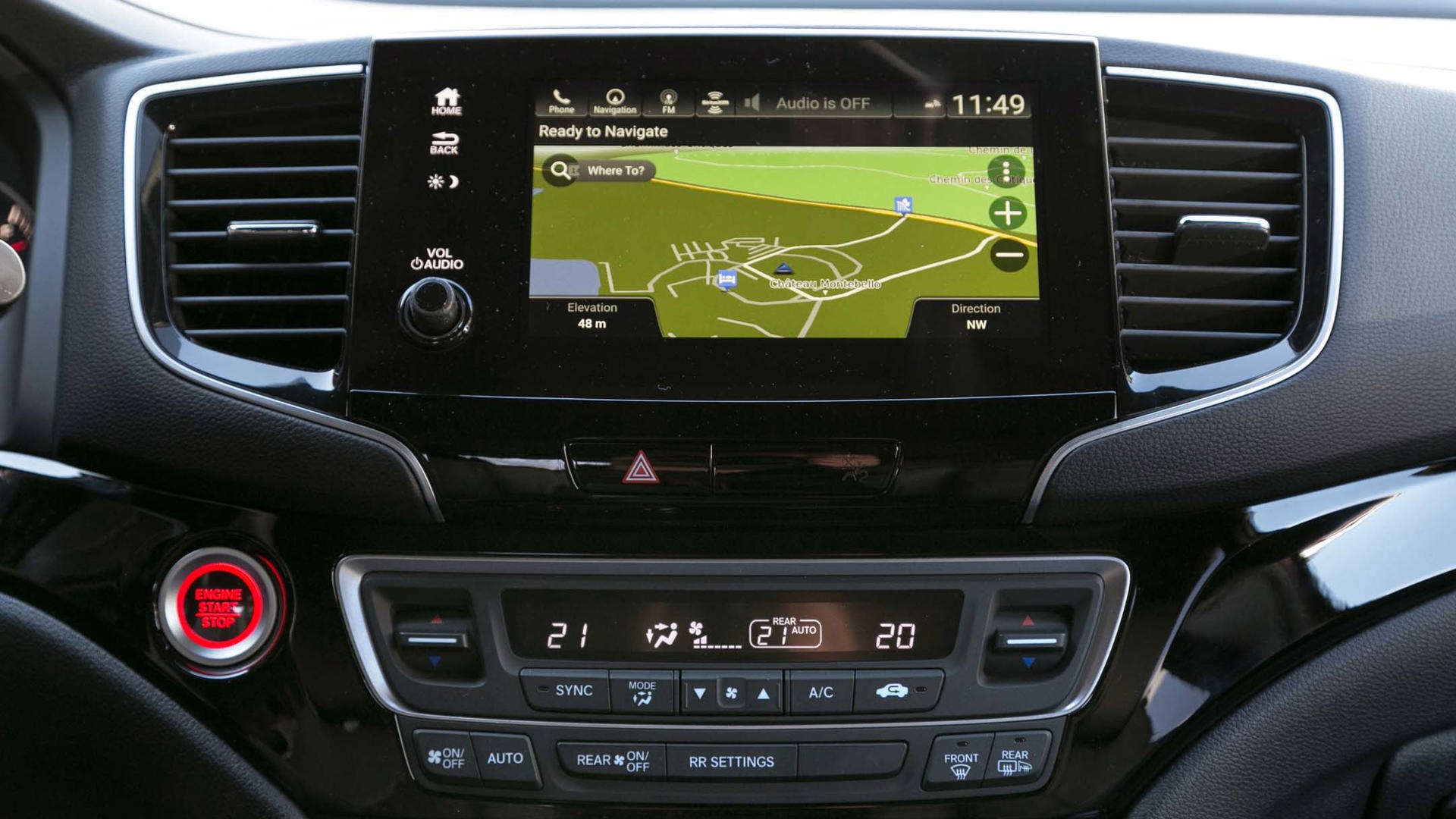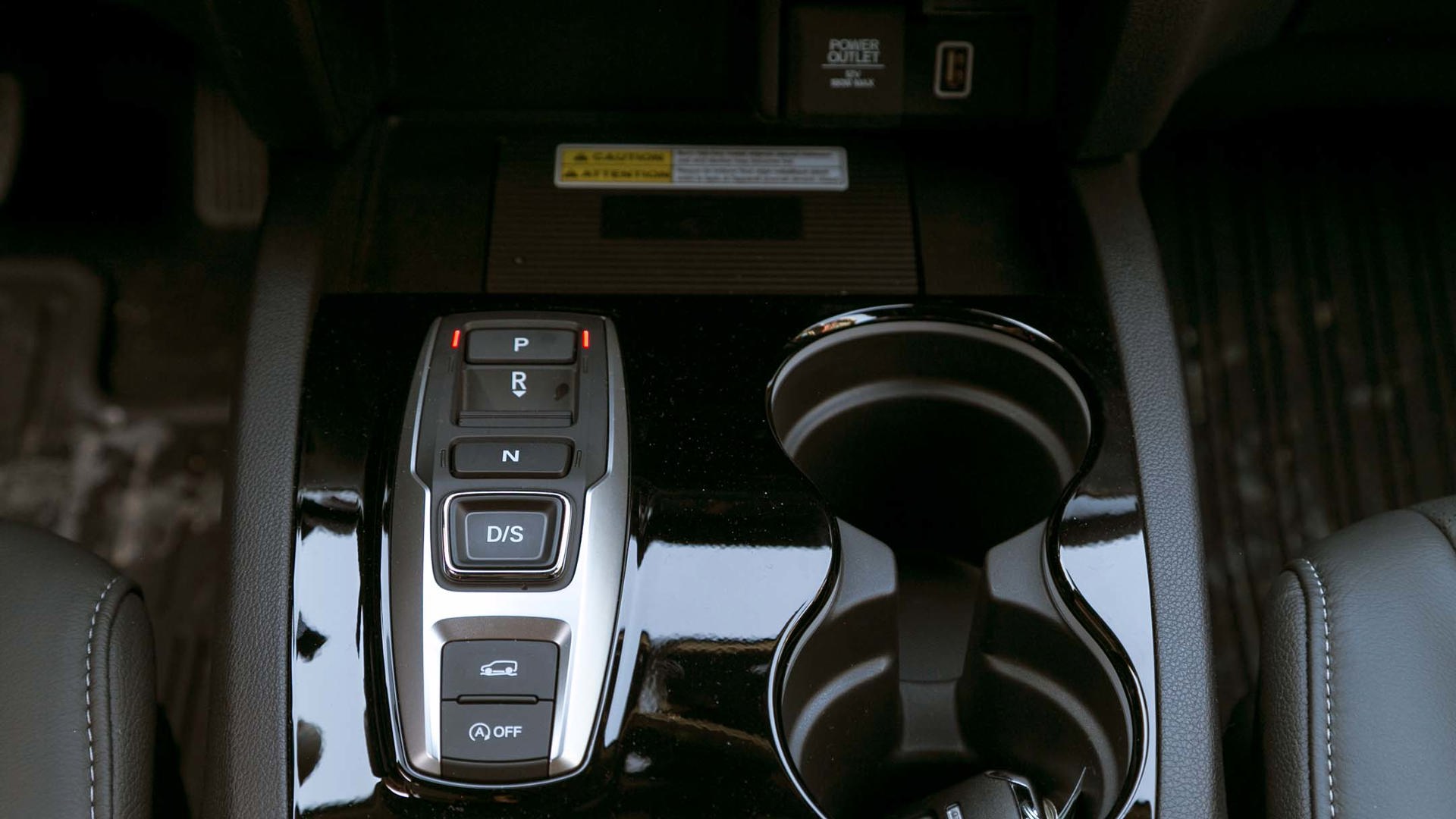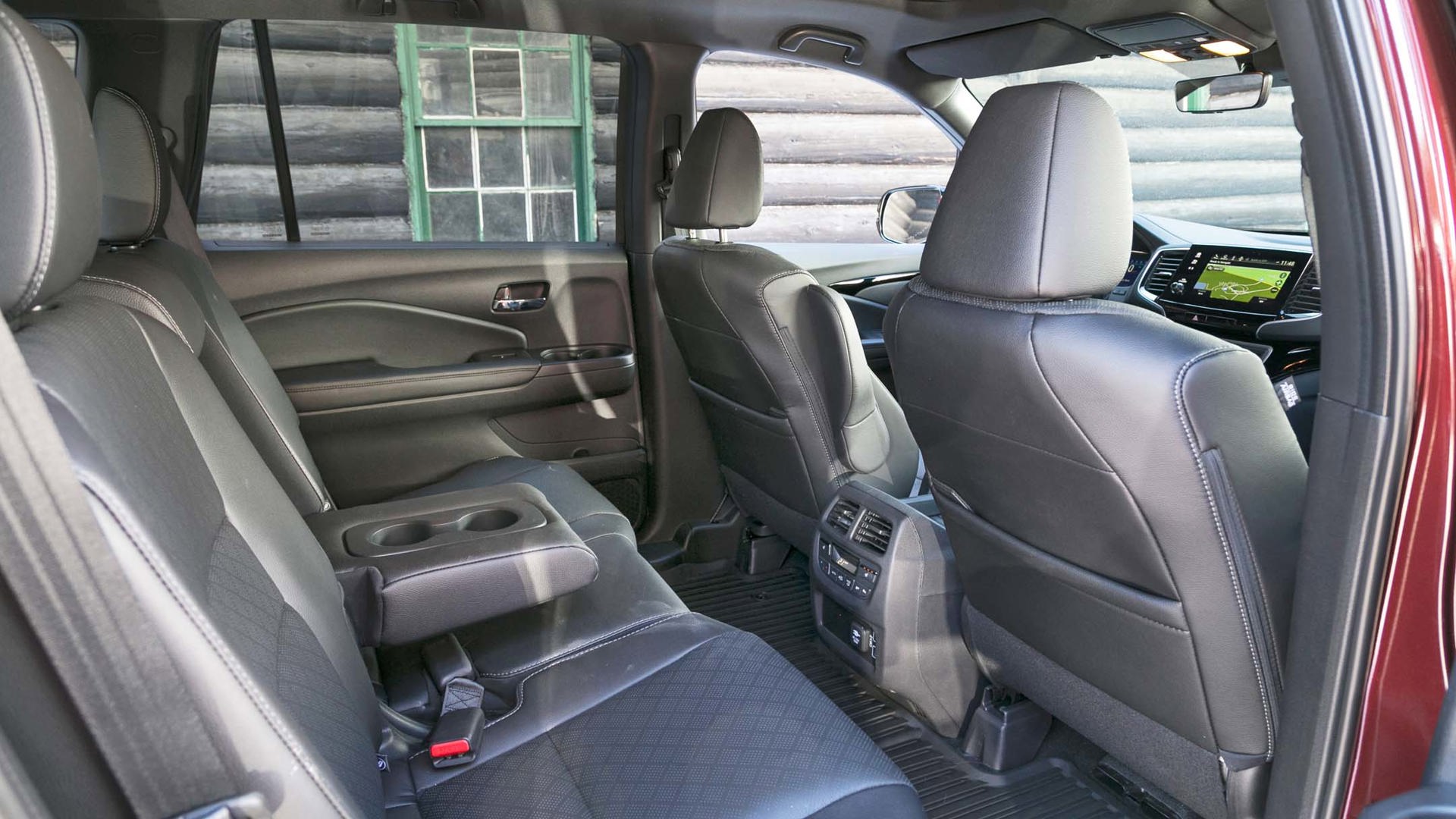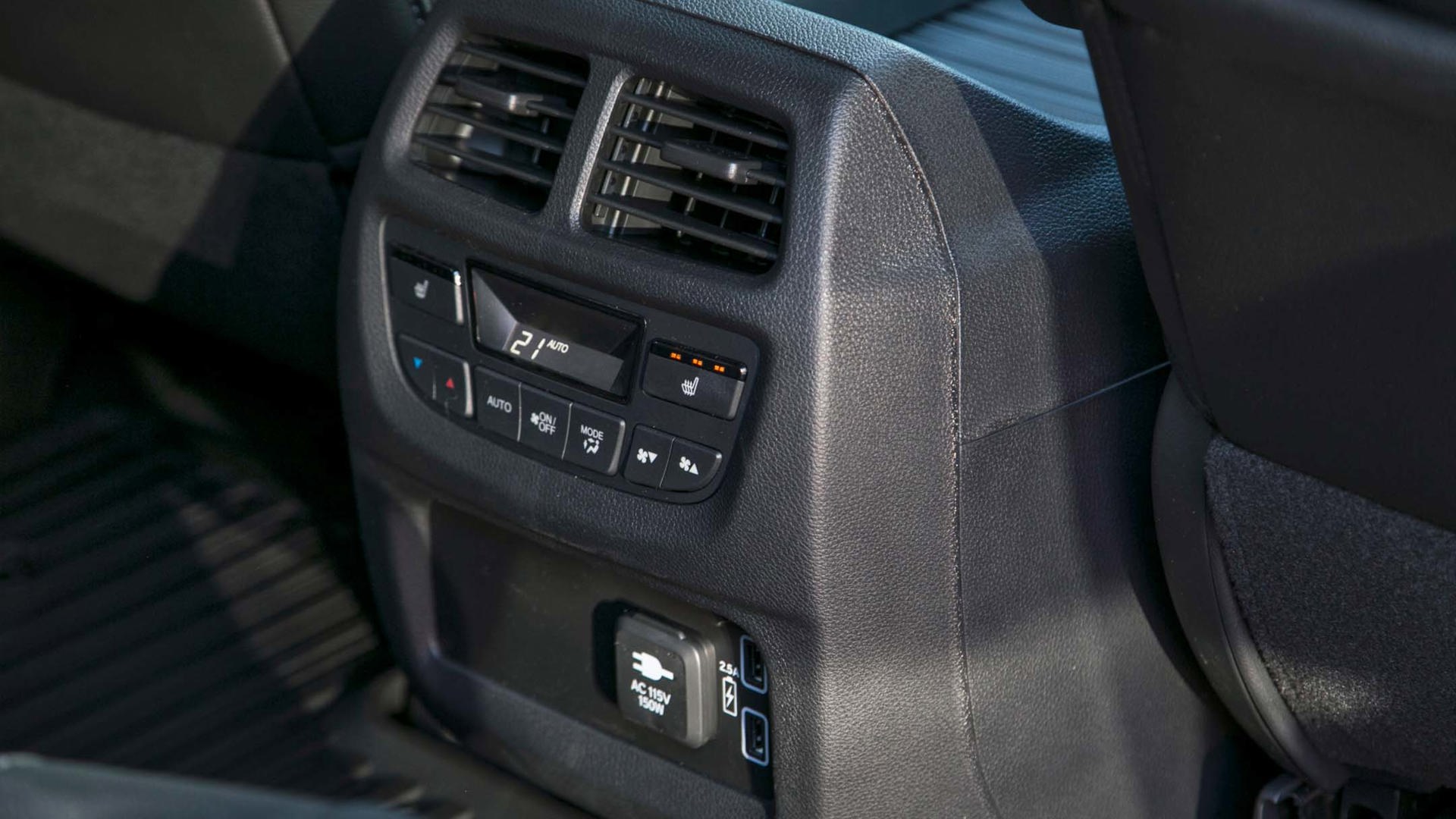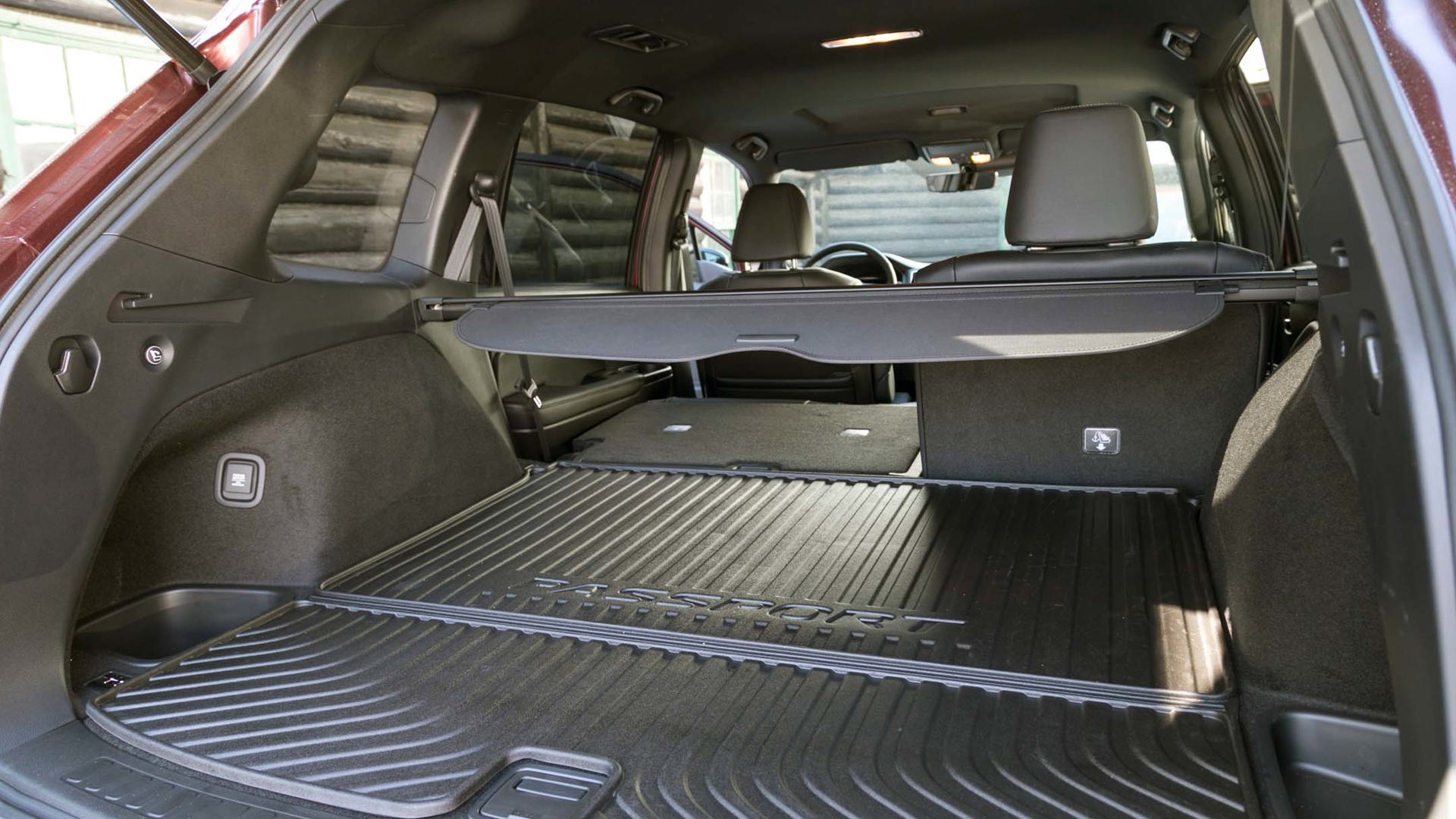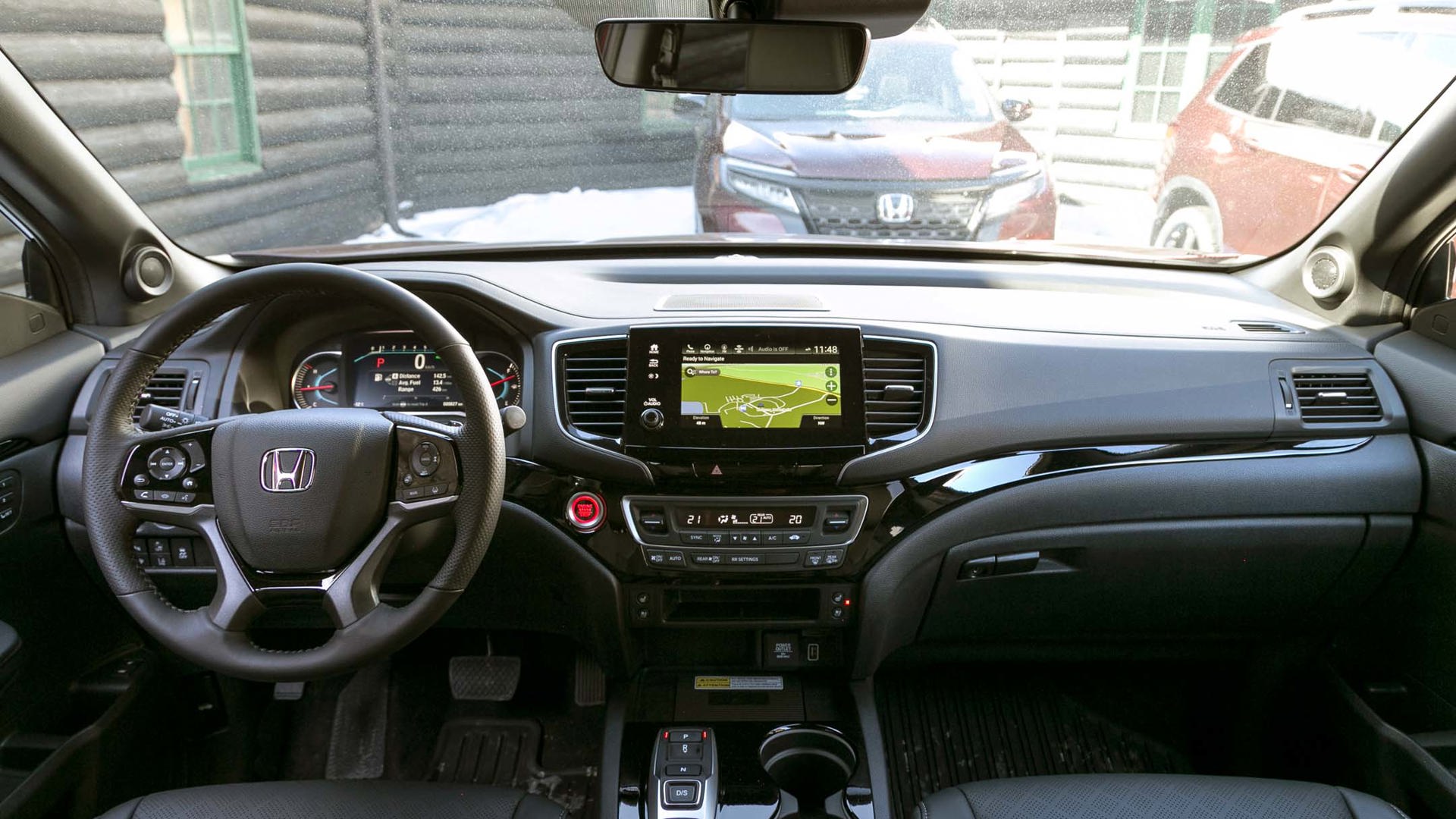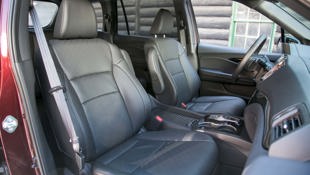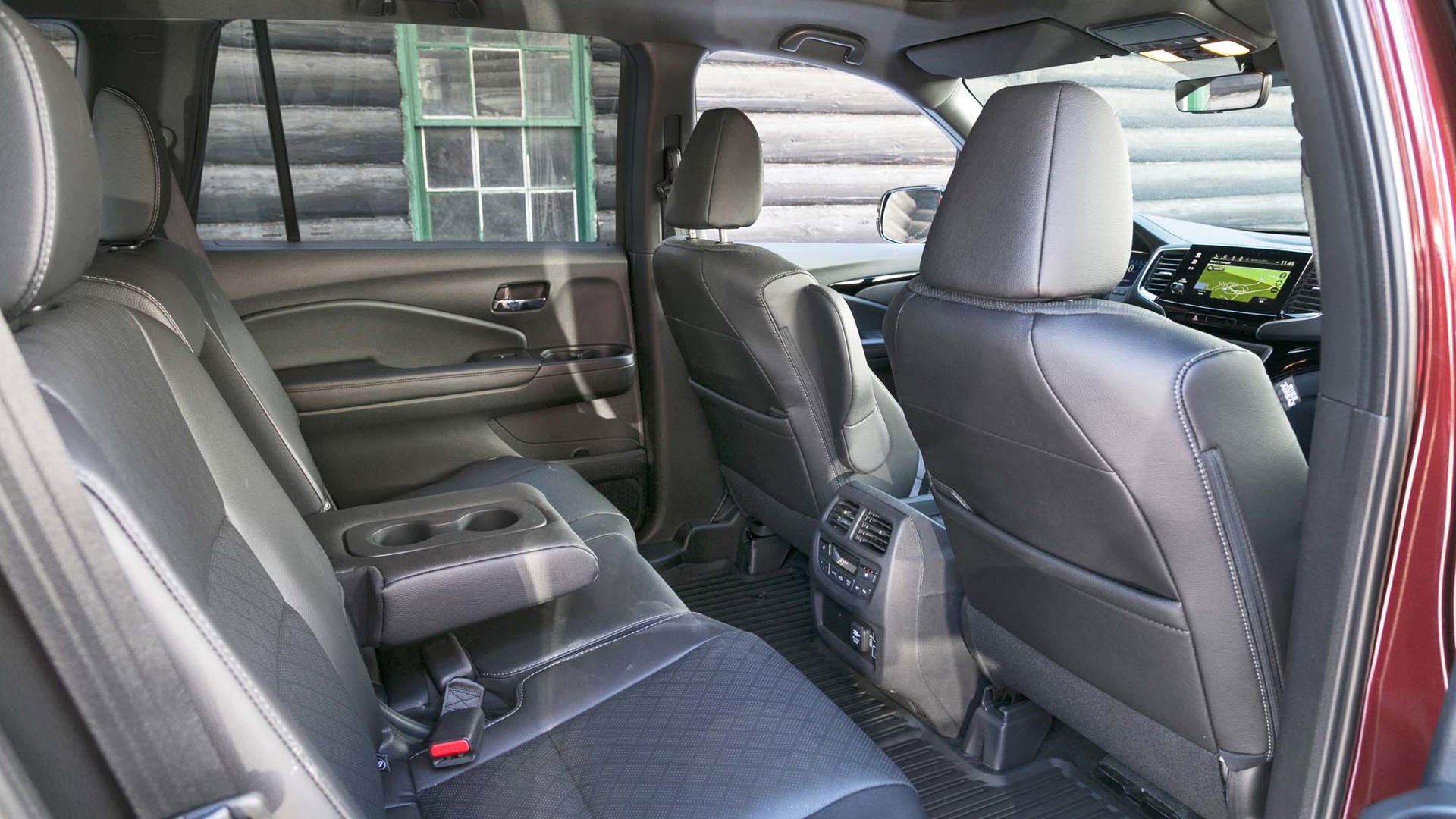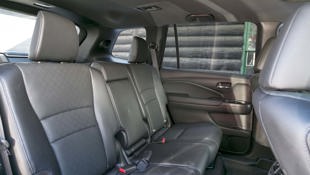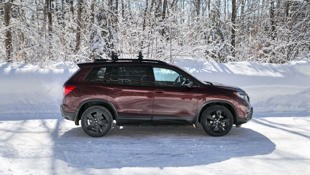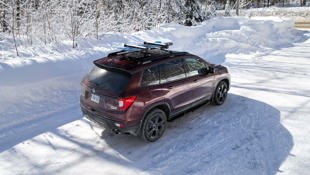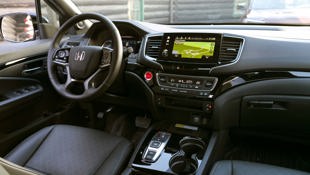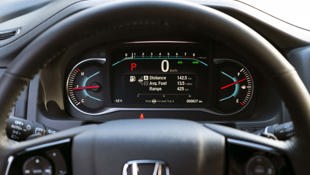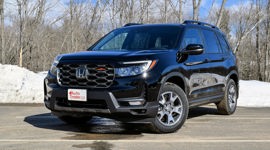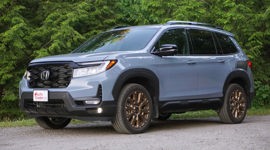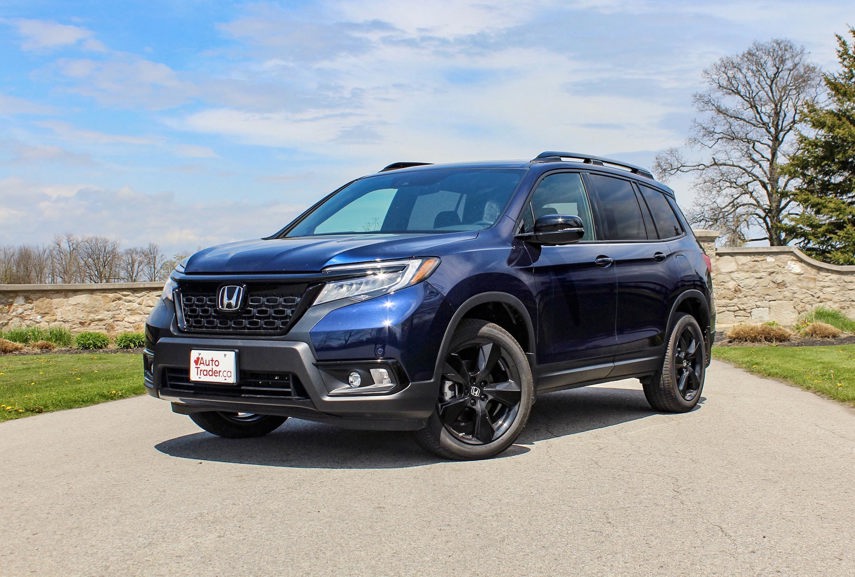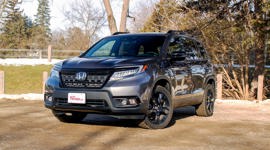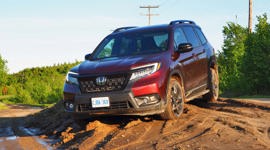MONT TREMBLANT, QC – Tastes of the general car-buying populace aren’t too far off dear old Goldilocks, it seems.
Honda figures it’s as likely that Passport buyers will strap ski-boxes, kayaks, or bicycles to the roof as they are to haul a boat somewhere, and they’re targeting this active, outdoorsy type with the Passport.
Brazen daytime break-and-enter, food theft, and residential squatting notwithstanding; the fair-haired girl wasn’t opposed to working through a series of alternatives to find choices that best suited her very particular demands.
Similarly, consumers are spoiled for choice in the family crossover segment, some wanting gargantuan bus-like rigs, while others prefer diminutive urban-suited runabouts. Rugged off-roaders are to the taste of certain buyers, while others want something sportier. In the interest of chasing more sales, Honda has found a way to wedge another SUV offering within its own extensive SUV lineup.
The all-new, 2019 Honda Passport could very well be the Goldilocks pick of the Honda crossover litter. In terms of size, it slots in between the popular mid-size CR-V and the full-size, eight-passenger Pilot. The latter is actually the starting point for the Passport, with much of the foundation making the transition from the Pilot to the Passport’s underpinnings.
The five-passenger Passport’s wheelbase is only a whisker (3 mm) shorter than the Pilot’s, with a track slightly greater than its big brother. This means those five passengers have ample space front and rear to spread out. In typical Honda fashion, there is a litany of nooks, crannies, cubbies, and holders for everything people need to keep close at hand for a road trip. Most of the space the Passport gives up to the Pilot is behind the rear wheels, where 10 cm has been chopped out of the length. This of course removes the third-row seating, but still provides a properly spacious cargo hold of 1,430 L of space. With the rear seat folded, there’s 2,854 L available, or roughly enough room for a soccer pitch.
When looking at the dimensions of the Passport, it matches up very closely to Chevrolet’s own Goldilocks offering with the new Blazer. Exterior and interior dimensions are remarkably similar between the two, but the cargo capacity of the Honda is significantly greater.
Like the Pilot, the Passport is powered exclusively by Honda’s venerable 3.5L V6 engine. Power is identical at 280 horsepower and 262 lb-ft of torque; and while it’s a smooth and melodic engine, those who have grown accustomed to the low-end thrust afforded by turbochargers may find the Passport a little sluggish around town. It’s certainly not underpowered, it just requires more revs to get motivated than some turbo mills. And, whereas the Pilot utilizes a six-speed automatic in all models except the top-trim Touring (and Canada-exclusive Black Edition), all Passports get the second generation of Honda’s nine-speed automatic.
Earlier nine-speeds had a propensity to constantly hunt for the proper gear, but this new transmission went about its business with smooth shifts and seemed far more decisive about its gear selections. A Sport setting, and paddle shifters are offered, though the Passport is not intended to be a sporting machine and trying to make it act like one wasn’t an overly rewarding experience.
Travelling around the twisting and undulating (and frequently ice-covered) roads around Mont Tremblant, Quebec, the Passport feels much like most other mid-size crossover SUVs. The steering doesn’t provide much feedback, though it is decently weighted and pretty quick for an SUV. On the secondary roads, made narrower by enormous snowbanks, the Passport feels like a wide machine, and it is.
Its all-wheel drive system favours the front wheels until traction is limited, then apportions torque where it’s best utilized. On a straight and vacant road covered in hard-packed snow and ice, a full-throttle standing start produced just a hint of slip before the Passport gripped and launched forward, managing its traction very well. The Pirelli Scorpion winter tires fitted to our rig no doubt contributed considerably to the impressive grip. Understeer is the Passport’s primary handling trait, even with traction control switched off.
The Passport achieves a fuel consumption average of 12.5 L/100 km city, 9.8 highway, and 11.3 overall; numbers that are very respectable for such a spacious and capable machine, and slightly better than the heavier Pilot with a six-speed transmission.
For those looking to haul with their Honda, the Passport can be equipped to tow up to 2,268 kg (more than the Blazer) if ordered with a dealer-added transmission cooler.
Honda figures it’s as likely that Passport buyers will strap ski-boxes, kayaks, or bicycles to the roof as they are to haul a boat somewhere, and they’re targeting this active, outdoorsy type with the Passport. Its styling is aggressive with less chrome and more blacked out trim, plus its tidier overhangs make it look like more of an adventurer’s choice than the soccer-parent pseudo-minivans that most of the larger crossovers have become.
While most of it is strictly styling and image enhancement, the Passport does sit an inch higher than the Pilot, and with its lower overhangs front and rear, gives it considerably improved approach and departure angles for off-roading than its larger sibling, as well as competitors like the Ford Edge or Nissan Murano.
Commendably, Honda didn’t set up some half-assed attempt to show off the Passport’s off-road prowess for our media drive, but Quebec – especially around Montreal – has some spectacularly poor roads with absolutely diabolical potholes. The Passport’s supposed off-road capability at least enabled it to survive the frost-heaved and neglected pavement, even with its 20-inch wheels doing the ride no favours. That said, buyers looking to do serious off-road driving would do well to consider a Toyota 4Runner or Jeep Grand Cherokee for rock-crawling duties instead of a Passport.
The Passport’s suspension is tuned slightly stiffer than the Pilot’s (though not quite as trucklike as a Ridgeline), and when driven back-to-back, the Pilot’s ride is notably smoother. Logging some miles on a divided highway (in much better state of repair than the side roads), showed that the Passport does settle in to a comfortable cruise that’s smooth, quiet, and calm.
Honda Canada is bringing in the Passport in three different trims, each of which is very well equipped. Most affordably, the Sport trim, at $41,990 comes standard with niceties like remote start, a power moonroof, and heated seats and steering wheel. Moving up to the EX-L gives buyers leather seats, rear seat heaters, a power liftgate, and some parking sensors, and costs $45,590.
We drove top-of-the-line Touring trim Passports that start at $48,990. A host of predominantly tech goodies is added, like a wireless charge pad, rain-sensing wipers, and an infotainment system with baked-in navigation and a great-sounding 550-watt audio set up with ten speakers, plus on-board Wi-Fi.
Apple CarPlay and Android Auto are also standard across the board, along with key active driver assist functions like adaptive cruise control, lane-keeping assist, and automatic high-beam control that are standard on all Passport trims.
There are no options, either, with all Passports having the same mechanical set-up, though Honda does offer a sizeable catalogue of add-on accessories including various roof racks, cargo trays and liners, and the rugged-looking running boards fitted to our test cars.
Honda’s new Passport represents a pretty competitive value in this (growing) segment of mid-size, five-passenger SUVs. It’s sized right, offers just enough machismo in its styling and has sufficient luxury to suit a lot of buyers’ tastes and needs.
Even Goldilocks would surely approve.
The 2019 Honda Passport arrives in Canadian dealerships in March 2019.
Pricing: 2019 Honda Passport
Passport Sport: $41,990
Passport EX-L: $45,590
Passport Touring: $48,990
